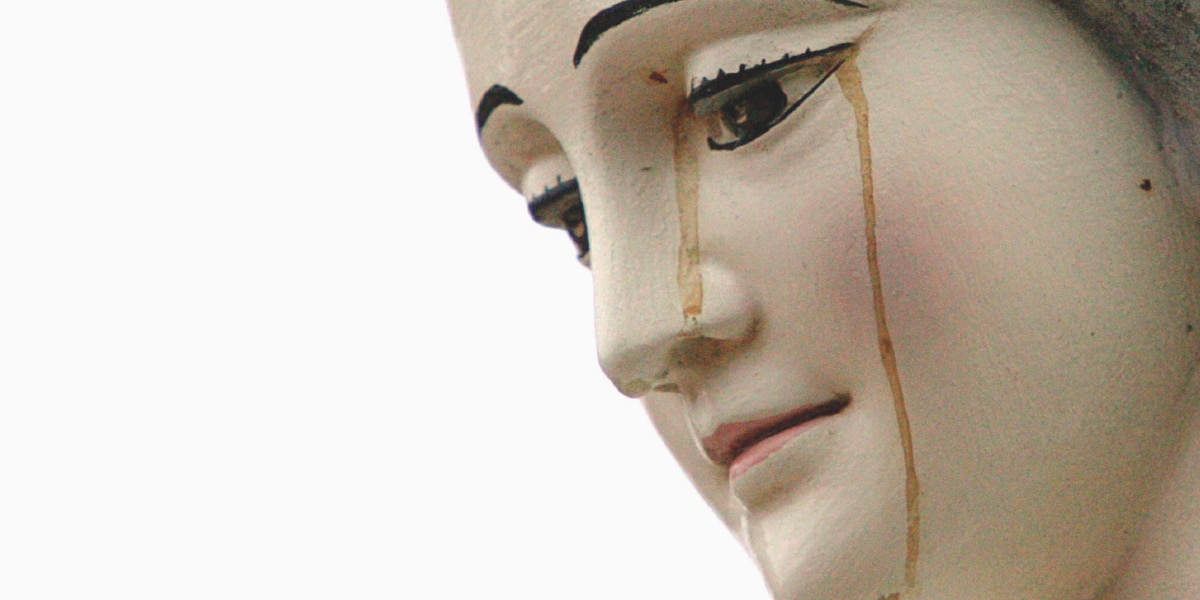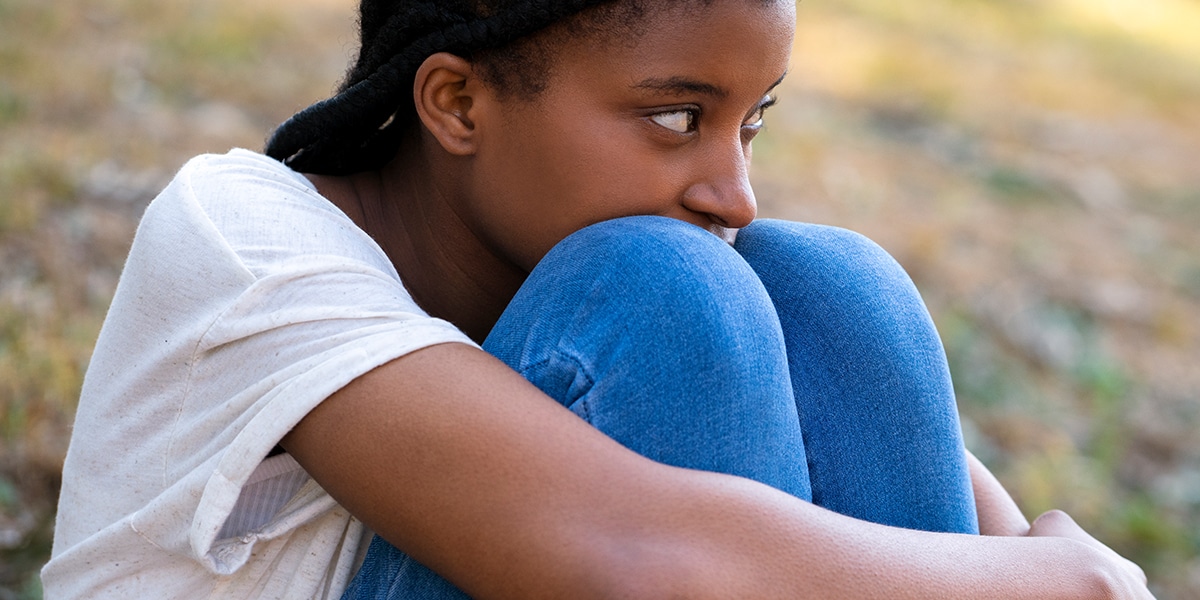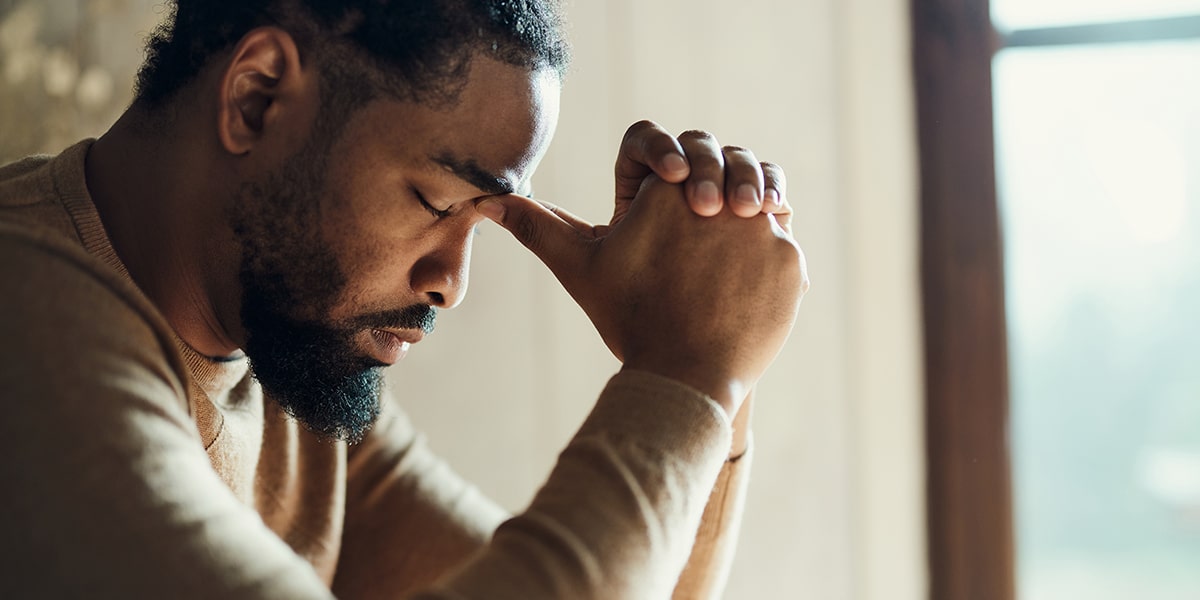In May, it was reported that the Vatican had released new guidelines for judging reports about Marian apparitions. What’s the whole story here?
In fact, those guidelines address much more than such reports. The May 17, 2024, document from the Dicastery for the Doctrine of the Faith is titled “Norms for Proceeding in the Discernment of Alleged Supernatural Phenomena.”
The text begins: “God is present and active in our history. The Holy Spirit, who flows from the heart of the risen Christ, works in the Church with divine freedom and offers us many valuable gifts that aid us on the path of life and encourage our spiritual growth in fidelity to the Gospel. This action of the Holy Spirit can also reach our hearts through certain supernatural occurrences, such as apparitions or visions of Christ or the Blessed Virgin and other phenomena.”
The text reaffirms traditional Catholic teaching that “no new public revelation is to be expected before the glorious manifestation of our Lord, Jesus Christ.”
That text continues: “As a general rule, it is not foreseen in these norms that ecclesiastical authority would give a positive recognition of the divine origin of alleged supernatural phenomena” (11).
Is the Local Bishop Involved?
Yes. He must appoint a team (at least one theologian, canonist, and expert on the nature of this phenomenon) to investigate such a report. He will send the Dicastery for the Doctrine of the Faith the team’s report and his opinion about the alleged supernatural phenomenon.
He is, however, to offer no public statements (positive or negative) about such claims until after the dicastery has reviewed the local investigation. Because of the speed of communication, the local bishop may enlist the help of the conference of bishops to which he belongs, observing the same conditions already described.
Six Possible Outcomes
The dicastery or a local bishop will not say that the reported supernatural phenomena are certainly of divine origin. The local bishop is to recommend that the dicastery make one of the following six responses: 1) The Church makes no objection to this reported devotion; 2) Some reports are confusing and potentially risky; 3) The bishop should seek out and encourage alternative expressions of devotion; 4) The spiritual experience may be exploited in a way contrary to the instructions of the local bishop; 5) The local bishop should declare publicly that devotions linked to these reports of supernatural phenomena are not allowed; or 6) The local bishop should declare that the phenomenon has been found definitely not to be supernatural.
Why Were the Standards Drawn Up?
They replace ones drawn up in 1978 by the Congregation for the Doctrine of the Faith and approved by Pope Paul VI. They were sent to bishops but never officially published.
Revision of those norms began in 2019; an earlier version was approved for study in March 2024, modified and given final approval by the dicastery the following month, and approved by Pope Francis on May 4, 2024, to take effect at Pentecost (May 19, 2024).
These standards acknowledge one case in which a local bishop declared in 1956 that alleged phenomena in his diocese were not supernatural, only to have a new bishop there in 2002 declare the supernatural origin of these reported apparitions.
The guidelines seek to affirm that no one is obliged to believe that such phenomena are divine because “sometimes [they] were valued more than the Gospel itself.”
These norms continue the Church’s centuries-old distinction between public revelation that must be believed and private revelation about which Catholics are free to believe but are not obliged to believe.
To What Else Do These Norms Apply?
The text mentions reports about weeping statues, bleeding statues, and bleeding or mutated hosts. These norms also presumably apply to reports that someone has received the stigmata (all or some of Christ’s wounds during his passion).
Likewise, websites about alleged supernatural phenomena should probably acknowledge the existence of these May 2024 norms.
Positive or Negative Criteria for Belief
These norms identify four positive criteria: 1) credibility and good reputation of the person or persons reporting such phenomena, 2) doctrinal orthodoxy of the phenomena and any messages related to it, 3) evidence that the phenomena arise not from the initiative of the people involved, and 4) that spiritual fruits linked to these phenomena contribute to the growth of ecclesial communion.
Six negative criteria are listed: 1) possibility of error about the events reported, 2) possibility that doctrinal errors are mixed into these reports, 3) a sectarian spirit that breeds division in the Church, 4) pursuit of some personal interest linked to the event, 5) gravely immoral actions linked to the event, and 6) psychopathic tendencies in those reporting this event.
The norms add, “The use of purported supernatural experiences or recognized mystical elements as a means of or a pretext for exerting control over people or carrying out abuses is to be considered of particular moral gravity.”
Experience unfortunately shows that reports of alleged supernatural phenomena can be used to justify an abuse of power by religious leaders over other believers.
Where Are the Norms Published?
Go to Vatican.va, scroll down to “Roman Curia,” and select “Dicastery for the Doctrine of the Faith.” Its documents appear according to the order in which they were published.








